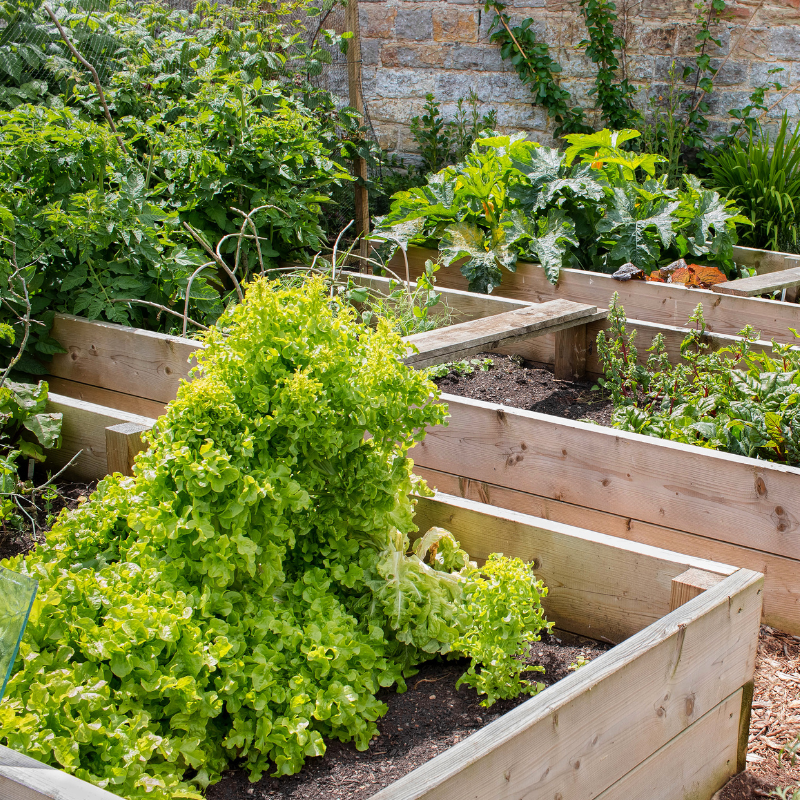Selecting the appropriate materials for constructing garden beds is a pivotal decision that profoundly influences the longevity, functionality, and aesthetics of your gardening space. With a myriad of options available, ranging from traditional wood to innovative composite materials, understanding the characteristics and implications of each choice is essential for creating a durable and sustainable garden bed. In this article, we explore the various materials commonly used for garden bed construction and offer insights into choosing the right one for your gardening needs.
Wood:
Wood remains a popular choice for garden bed construction due to its natural aesthetics, affordability, and ease of customization. Cedar and redwood are favored for their natural resistance to decay and insects, making them durable options for outdoor use. However, pressure-treated lumber, while cost-effective, may contain chemicals that can leach into the soil over time, potentially impacting plant health. When opting for wood, consider using untreated or naturally rot-resistant varieties to ensure the safety and longevity of your garden beds.
Composite Materials:
Composite materials, such as recycled plastic lumber and composite wood products, offer a sustainable alternative to traditional wood. Composed of recycled plastics and wood fibers, these materials boast exceptional durability, resistance to rot, and low maintenance requirements. Additionally, composite materials are available in a variety of colors and textures, allowing for creative design possibilities. While initial costs may be higher than wood, the long-term benefits of durability and sustainability make composite materials a compelling choice for eco-conscious gardeners.
Metal:
Metal garden beds, typically made from galvanized steel or aluminum, offer strength, longevity, and a sleek modern aesthetic. Galvanized steel beds are coated with a layer of zinc to prevent corrosion, making them suitable for long-term outdoor use. Aluminum, known for its lightweight nature and resistance to rust, is an excellent choice for portable or raised garden beds. While metal beds may require a larger upfront investment, their durability and low maintenance requirements make them a cost-effective choice in the long run.
Stone and Masonry:
Stone and masonry garden beds add a timeless elegance to any garden space while offering durability and longevity. Materials such as natural stone, brick, and concrete blocks can withstand the elements and provide excellent insulation for plants. Additionally, stone and masonry beds retain heat, making them ideal for extending the growing season in cooler climates. While stone and masonry beds require skilled installation and may incur higher upfront costs, their enduring beauty and structural integrity make them a worthwhile investment for avid gardeners.
When selecting materials for your garden beds, it's essential to consider factors such as durability, sustainability, aesthetics, and budget. Whether you opt for the natural warmth of wood, the eco-friendly appeal of composite materials, the sleek modernity of metal, or the timeless elegance of stone and masonry, choosing the right materials is paramount to creating a functional and visually appealing garden space. By carefully weighing the pros and cons of each option and aligning them with your gardening goals, you can ensure that your garden beds provide a sturdy foundation for bountiful harvests and flourishing plants for years to come.

